I was listening to an old episode of James Acaster and Ed Gamble’s Off Menu podcast recently, wherein Grace Dent, the quick-witted restaurant critic, podcaster and sometimes MasterChef judge, proudly proclaimed the Pina Colada to be her favourite cocktail. She described incidences of dining at the snootiest of restaurants with her friends and watching their sophisticated orders die on their tongues as she leads the charge. Like a house of cards they collapse, one by one, into the ice-cold blend of rum, pineapple and coconut milk. “It is impossible not to have a good time,” she says. “It’s Club Tropicana, it’s Wham! heyday, it’s summer holidays, it’s Club 18 – 30s.”
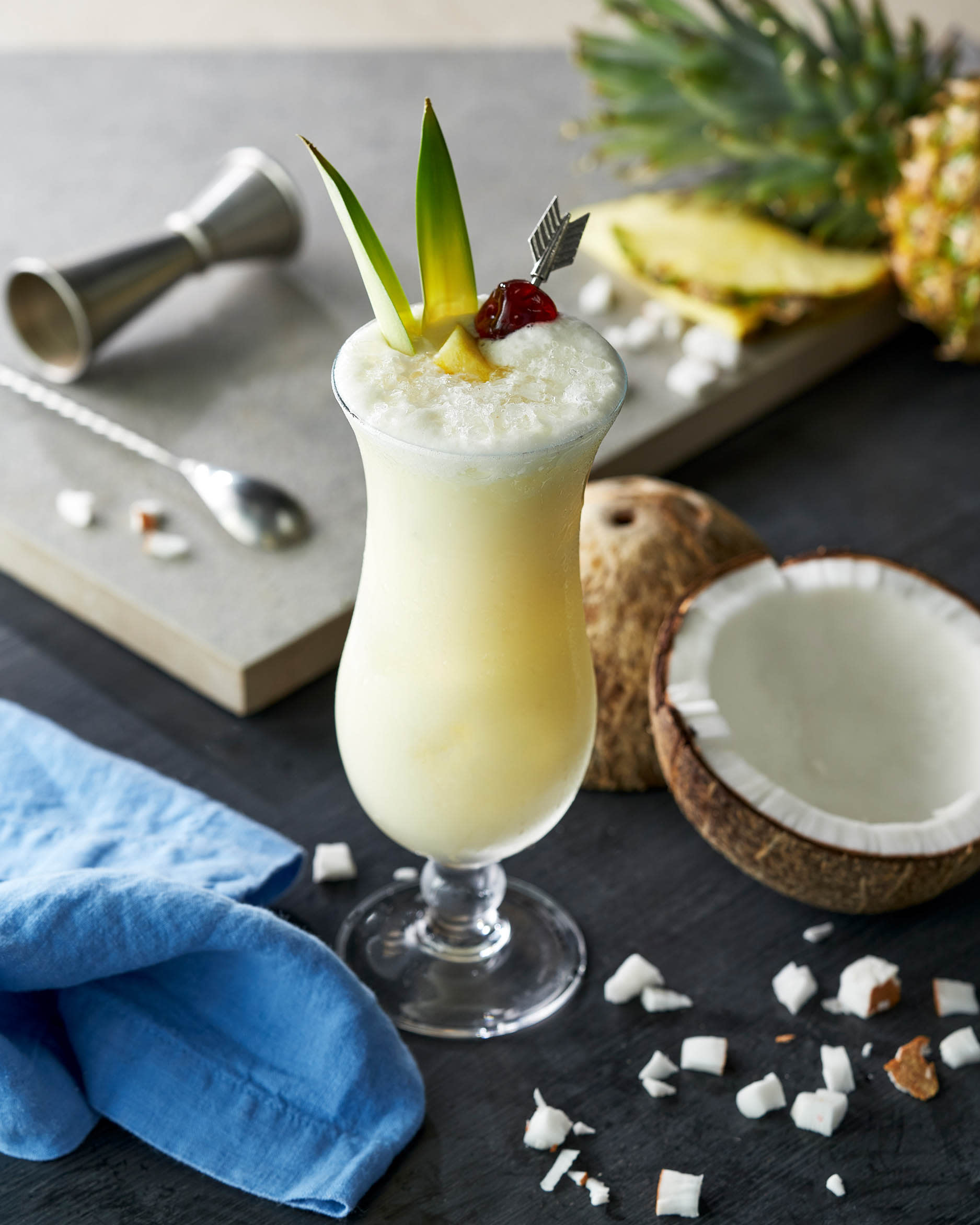

Listening to her rapturous description of what I would argue is the greatest cocktail of all time, I felt myself not only reaching for the blender, but wondering about the strange embarrassment that comes with making such an order.
Why does ordering a Negroni make me feel like the Queen of England herself, but ordering anything that comes with a cocktail umbrella make me want to crawl under the table and hide?
Past traumas may have something to do with it - out at a Tiki restaurant for my birthday a couple of years ago I ordered a very silly cocktail, naïvely hoping it would arrive with little ceremony. My life flashed before my eyes as I saw it make its torturously slow journey across the bar to me; not only was it served inside a giant wooden toucan, it came with a song and a huge, sparkly, tinsel strewn straw. I’ll never live it down - to this day my friends still shove shiny things in my drinks and say “ooh, someone’s feeling fancy.”
Before I continue, I should probably clear up the mess I made with my rambling introduction. While you will almost certainly get a Pina Colada at a Tiki Bar, it’s something of a misappropriation. Rum, fruit and garish glassware tend to fuse the two together in our heads, but the real star of the Tiki Bar is another umbrella-wielding superstar: the Mai Tai. In fact, the Pina Colada outdates Tiki culture by about 130 years…
So what is Tiki?
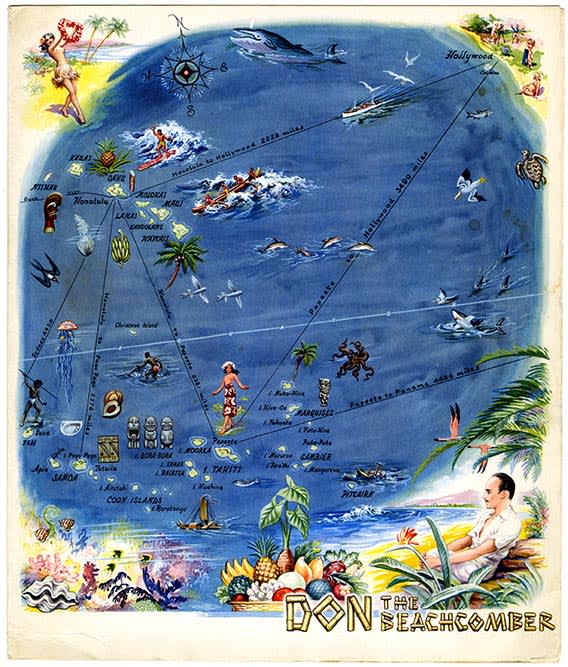

The concept dates back to the 1930s, when adventurer and former-Prohibition bootlegger Ernest Beaumont Gannt opened up Hollywood drinking hole The Beachcomber. His bar was an idealised version of all the places he’d seen and loved on his adventures through the Pacific: wicker furniture, flames, cocktails… stepping through the door was like disembarking a Steamship that had just reached port in Honolulu.
Gannt didn’t just stick to Polynesia with his cocktail inspirations – he started borrowing recipes from the Caribbean, too.
In fusing the two worlds he created a whole new category – one that spawned dozens of unpretentious, fun, fruity and delicious cocktails, each hell bent on turning legs to jelly. The drinks were strong, sweet, spiced and exciting, and the sense of escapism that visitors got from attending the bar made it all too inviting.
Imitation is the greatest form of flattery, so they say, and it wasn’t long before Gannt was being handed some pretty big compliments by Oakland based bar owner Victor Bergeron, who opened up his own take on Tiki - Trader Vic’s - in 1944. While Bergeron undoubtedly took huge inspiration from Gannt, Trader Vic’s totally elevated the concept, offering more cocktails, more decorations and more locations.
One such cocktail is the Mai Tai, a classic of the Tiki genre. Bergeron was entertaining some Tahitian friends soon after opening Trader Vic’s when he took down a bottle of seventeen-year-old Wray & Nephew and decided to craft a cocktail around it. On little more than a whim, he stirred up one of the most iconic, enduring cocktails of all time – it’s little wonder Trader Vic’s became a global sensation, with hubs around the world via Western and Hilton hotels.
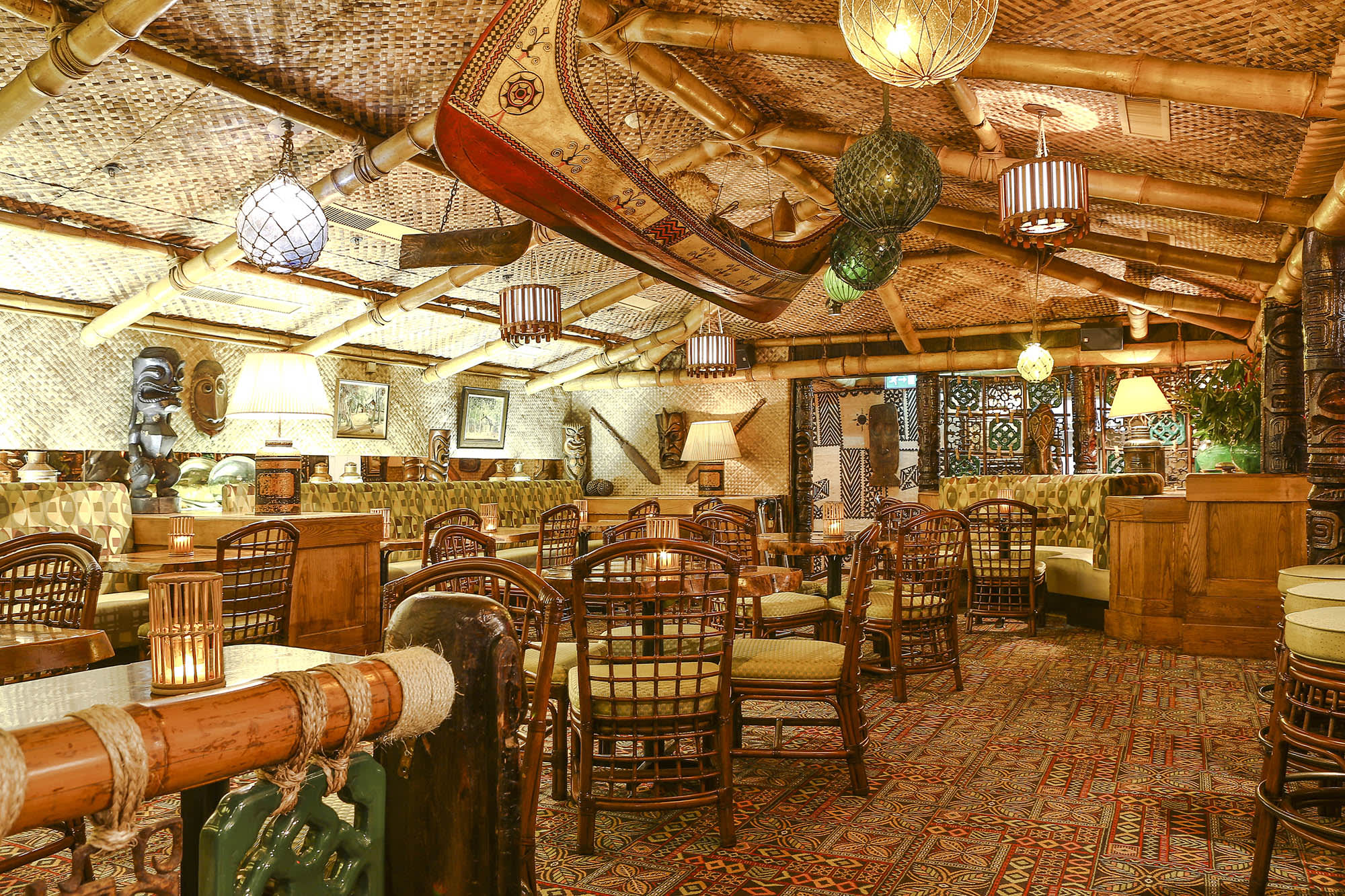

With enclaves running from Hawaii (wrap your head around that one for a second: an American appropriation/interpretation of Polynesian culture literally heading to Polynesia. Surely taking a seat at a Hawaiian branch would be as sacrilege as going to Italy and making Pizza Hut your first port of call?) to Europe via Japan, the brand grew. So did copies (and then copies of copies).
Fashion is cyclical, though, and the cycle often goes like this: something new comes along. It is embraced by a select few, then the masses. It grows and it grows and along the way it loses certainty. It becomes a changeable, evolving, style-over-substance mess. It enters into a game of Chinese whispers as it spreads across the world, ending up as something really quite muddled by the time its message is delivered as hot breath into the ear of another continent. In the case of Tiki, this meant that the drinks became over-sweet (or worse, over-watered), their provenance became a matter of little importance (hence the Pina Colada’s persevering presence) and general quality declined. In came silly barware, out went artistry.
For Tiki Bars, the era of naff really came in when people began constructing them at home. There was so much Tiki tat doing the rounds in the 1970s/80s that the concept became anything but cool, and by the end of the 80s Tiki was over - it became something that the generation before had enjoyed, and while it may have just about squeaked through Disco, it was never going to survive Punk.
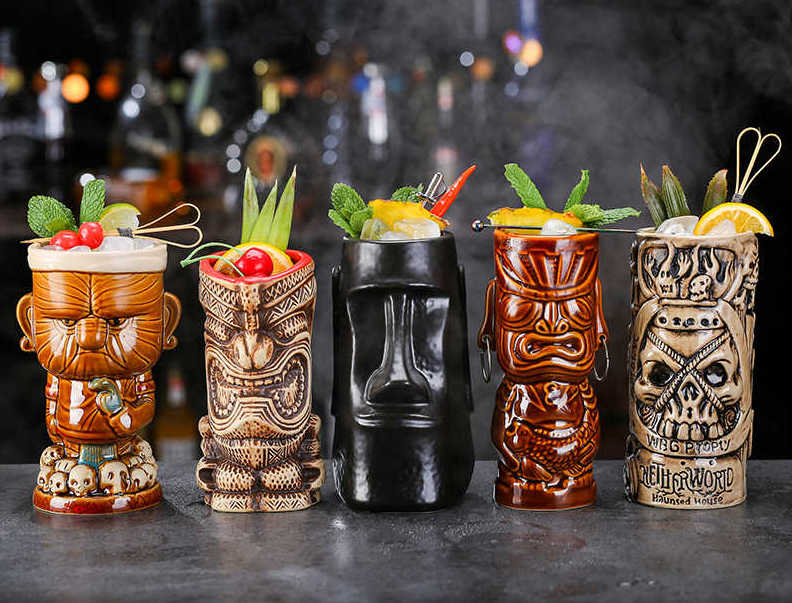

Coincidentally, the decade that spelled the end of Tiki Bar popularity was the decade that saw Gannt and Bergeron shuffle from their mortal coils. The Beachcomber went the way of its founder, too, but Trader Vic’s survived on the stragglers. In fact, it’s still going now, and so is its first cross-continental venture - the London branch.
And now here we are in 2021. The earth turns, the moon changes, the fashion cycle continues. The surviving Tiki bars may have spent a few decades in amongst the tumbleweeds, but the craft spirit and ensuing cocktail boon we’ve been experiencing in recent years has seen focus shifting back.
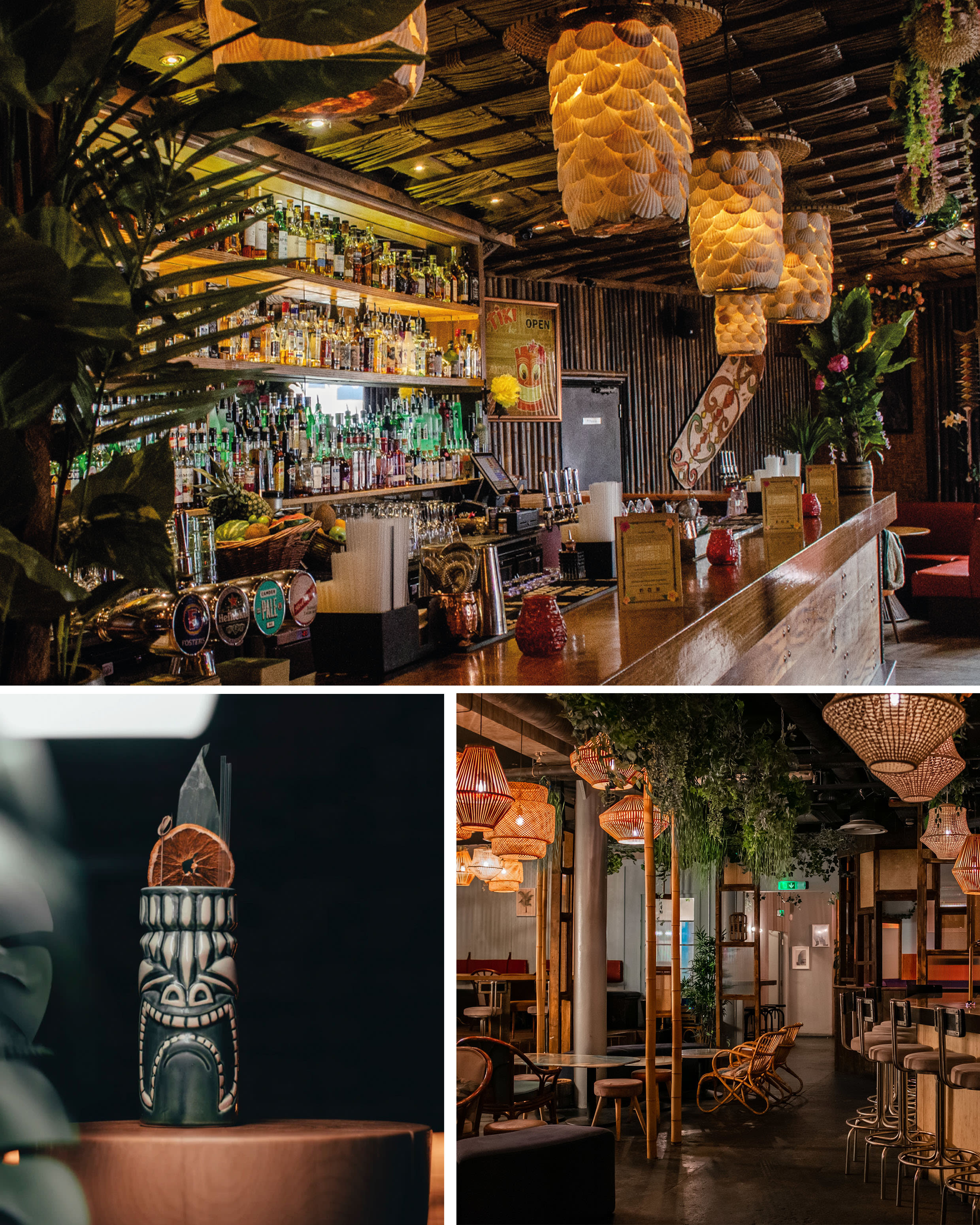

Tiki has a big, bizarre history and an enormous recipe list for booze lovers to trawl through; it is evocative not just of holidays in exotic places, but of post-Prohibition, post-war history. It’s distant enough to be nostalgic but recent enough to have been perfectly preserved, so there are no blanks to fill in – just recipe books to trawl through. That is a surprisingly rare endeavour in the long history of booze.
Armed with these archives and under the spotlight of the cocktail age, in which bartenders put real artistry into the drinks they make, Tiki Drinks are starting to shine bright again. Done right - they are complex, unique, bold and brilliant, and the trashy reputation that killed them off is starting to feel hugely undeserved.
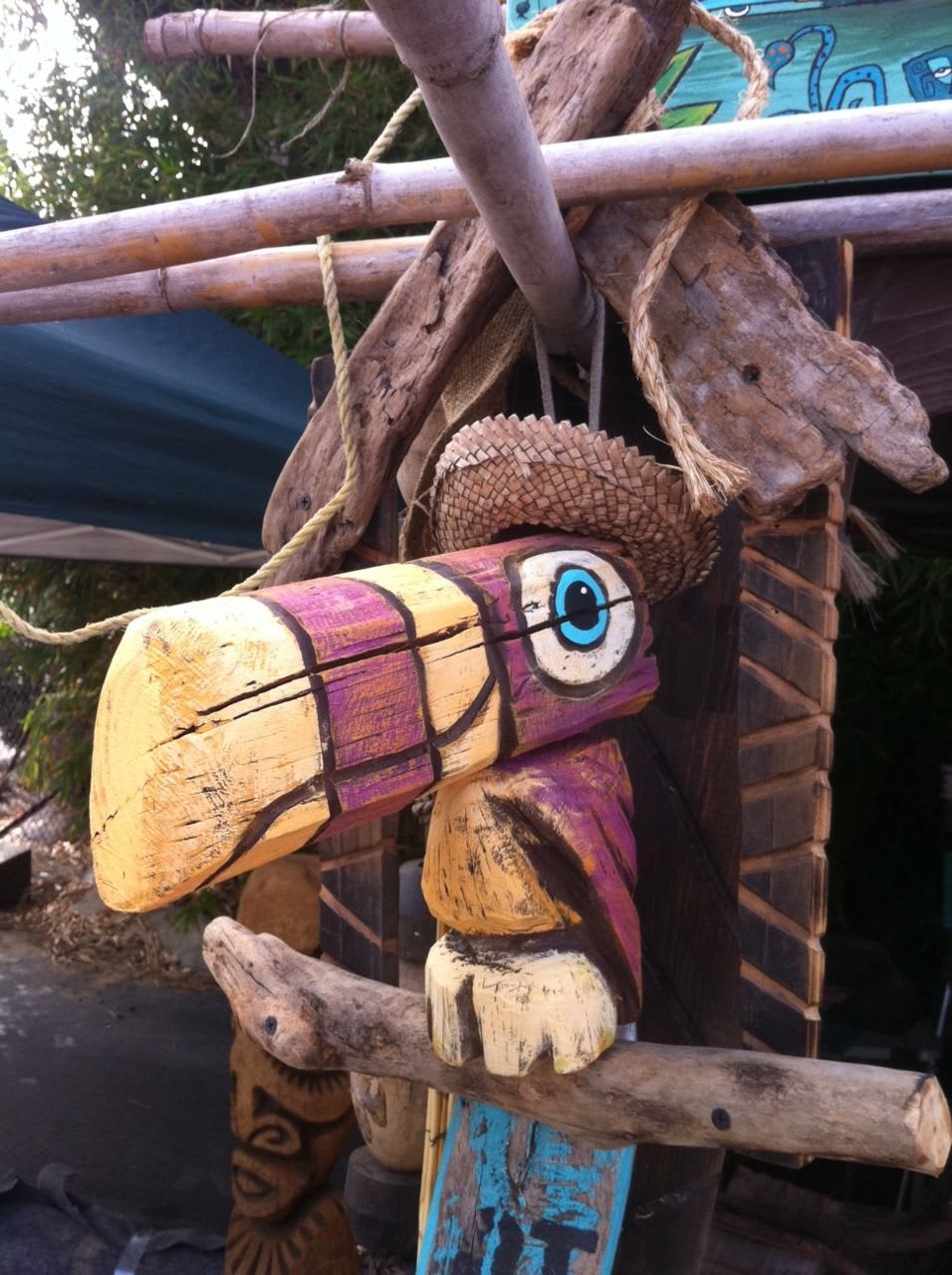

The Pina Colada is leading the way – over the past year it has been trending hard, with over 90,000 recipe searches a month. It’s the second most Googled cocktail recipe after the Mojito!
Maybe it’s time to remove the guilt from the pleasure and just embrace the fact that we’re all seeking a sugar high.
In short - forget everything you’ve heard – Tiki cocktails are ones to savour, to share and to clamour for. It’s time to hold your Mai Tai aloft, friends (but mine’s a Pina Colada, hold the toucan).



